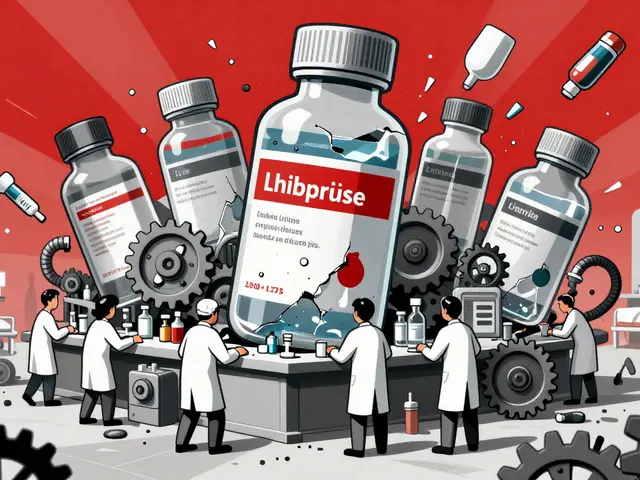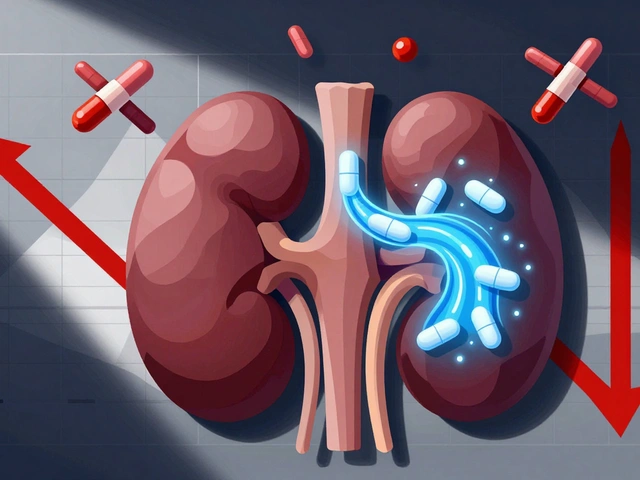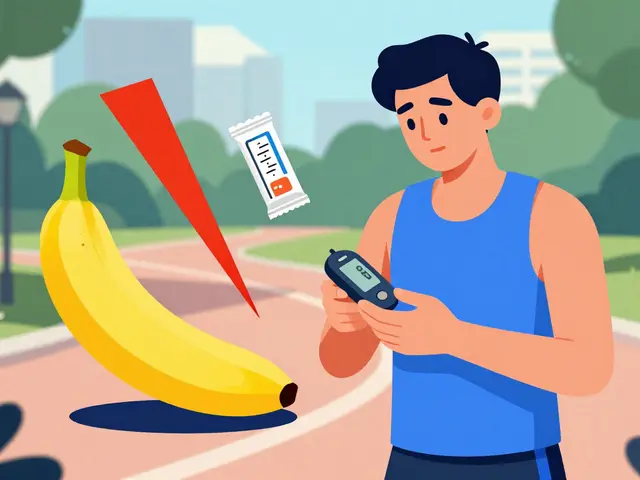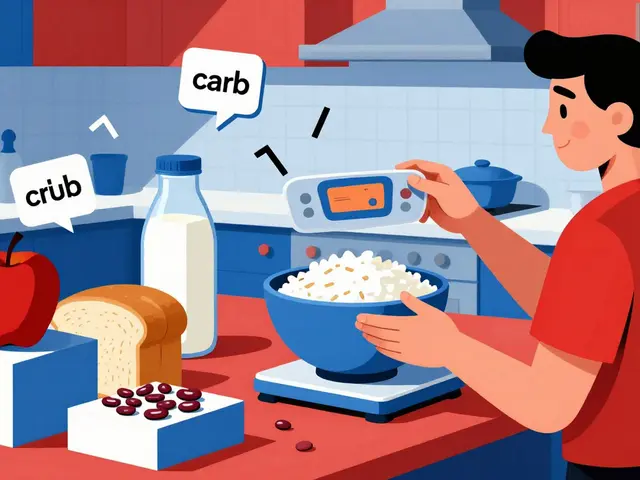Inflammation Science: What It Is and Why It Matters
When you hear Inflammation Science, the study of the body’s immune response that causes swelling, pain, and heat. Also known as inflammation research, it helps us understand why a cut turns red or why arthritis stiffens joints. One of the most common tools in this field is NSAIDs, non‑steroidal anti‑inflammatory drugs that block prostaglandin production. Inflammation science encompasses everything from cellular messengers to drug choices, and it forms the backbone of the articles you’ll find below.
Key Players in Inflammation Management
At the heart of the response are Cytokines, proteins that signal immune cells to start or stop inflammation. When cytokine levels stay high, chronic inflammation can damage tissue, leading to conditions like rheumatoid arthritis. To calm that fire, doctors often turn to Topical Steroids, creams such as betamethasone that reduce skin inflammation locally. For deeper joint pain, many patients add Joint Supplements, formulations with glucosamine, chondroitin, or herbal extracts that aim to support cartilage health. These three entities—cytokines, topical steroids, and joint supplements—interact in a clear chain: cytokines trigger the fire, steroids douse it on the surface, and supplements work behind the scenes to protect the structure.
The collection below pulls together practical guides on buying cheap generics, comparing medication options, and debunking myths that often surround inflammation treatments. You’ll see side‑by‑side reviews of NSAIDs like Diclofenac, steroid creams such as Betnovate, and joint health products like Geriforte. Whether you need tips on safe online purchases or want to understand how mindfulness can aid postoperative recovery, the articles give actionable insight. Dive in to read specific comparisons, safety checklists, and evidence‑backed advice that will help you manage inflammation more confidently.
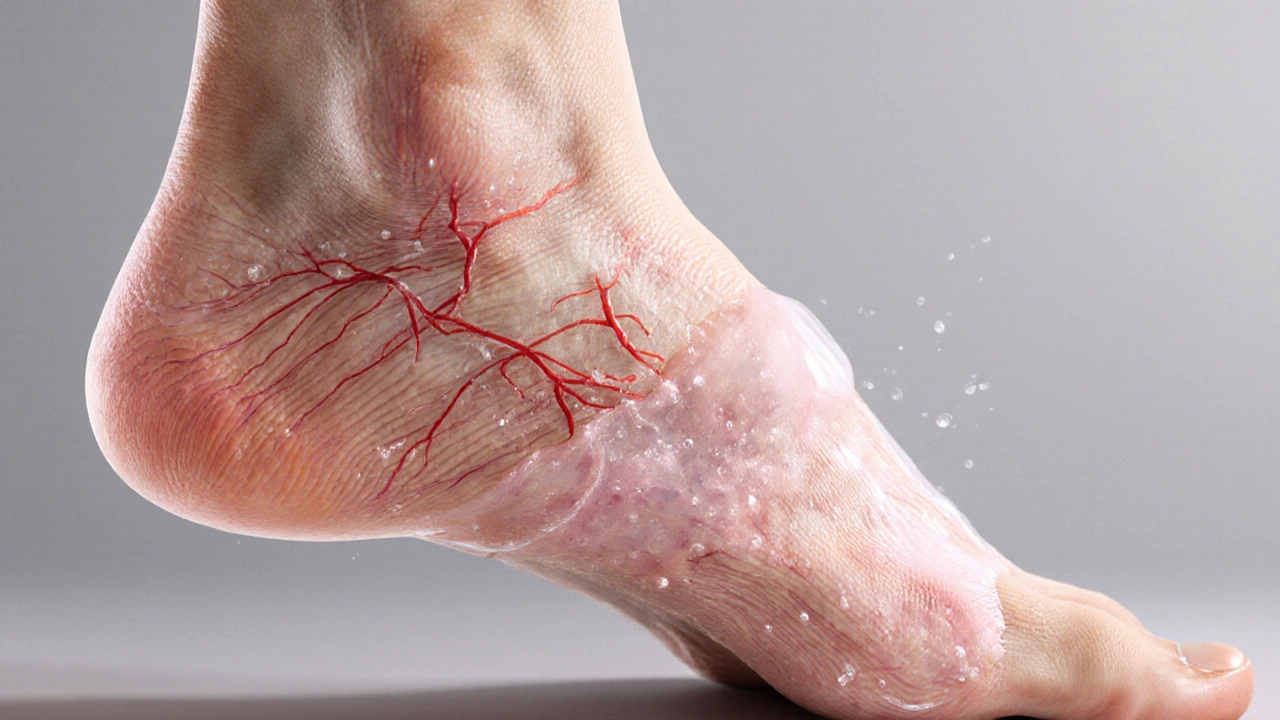
Swelling Explained: Causes, Types, and How to Reduce It
Learn why swelling happens, the difference between inflammatory and non‑inflammatory edema, when to seek help, and practical steps to reduce puffiness.
read more
